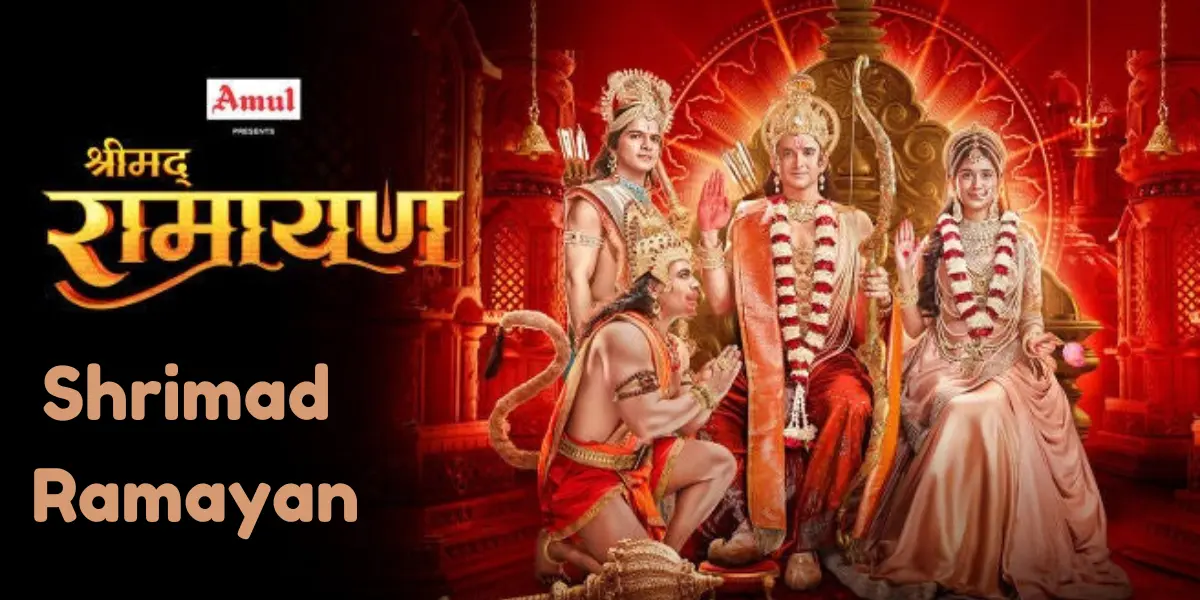Shrimad Ramayan: The Eternal Epic and Its Timeless Wisdom

The Shrimad Ramayan is not just an ancient scripture; it is a profound piece of literature that transcends time, offering guidance, inspiration, and moral values that resonate with humanity across generations. Composed by the sage Valmiki, the Ramayan is a revered text in Hinduism and a cornerstone of Indian culture. In this article, we delve deep into the significance of the Shrimad Ramayan, its narrative structure, its characters, and the timeless lessons it imparts.
The Genesis of Shrimad Ramayan
The Shrimad Ramayan, often referred to as the Adi Kavya (the first epic), was penned by Maharishi Valmiki, a sage of immense wisdom. The epic is composed of approximately 24,000 verses, divided into seven books known as Kandas. These Kandas are:
- Bal Kanda: The childhood and early life of Lord Rama.
- Ayodhya Kanda: The events leading to Rama’s exile.
- Aranya Kanda: Rama’s life in the forest and Sita’s abduction.
- Kishkindha Kanda: Rama’s alliance with Hanuman and Sugriva.
- Sundara Kanda: Hanuman’s journey to Lanka in search of Sita.
- Yuddha Kanda: The battle between Rama and Ravana.
- Uttara Kanda: Rama’s return to Ayodhya and the conclusion of the epic.
Each Kanda encapsulates the essence of dharma (righteousness) and provides lessons that are applicable even in modern times.
Cast of Shrimad Ramayan
The cast of Shrimad Ramayan is legendary, featuring Sujay Reu as Lord Rama, who embodies righteousness and virtue. Prachi Bansal shines as Sita, symbolizing purity and devotion. Basant Bhatt plays Lakshmana, showcasing unwavering loyalty, while Nikitin Dheer delivers a powerful portrayal of Ravana. Nirbhaya Vadhwa captures the essence of Hanuman with his strength and devotion. The cast of Shrimad Ramayan not only brought these revered characters to life but also left an indelible mark on Indian television, making the series a timeless classic.
The Central Characters of Shrimad Ramayan
Lord Rama: The Embodiment of Virtue
Lord Rama, the protagonist of the Ramayan, is revered as Maryada Purushottam—the perfect man who embodies righteousness, honor, and integrity. Born as the son of King Dasharatha and Queen Kaushalya in Ayodhya, Rama is the seventh incarnation of Lord Vishnu. His life is a testament to the principles of dharma, and his actions reflect the highest standards of moral conduct.
Sita: The Epitome of Purity and Devotion
Sita, the wife of Lord Rama, is the paragon of virtue and devotion. She is regarded as an ideal woman who exhibits unwavering loyalty, courage, and purity even in the face of adversity. Her abduction by Ravana and subsequent trials highlight her resilience and strength of character.
Lakshmana: The Loyal Brother
Lakshmana, the younger brother of Rama, is a symbol of unconditional loyalty and devotion. He accompanies Rama throughout his exile and stands by his side in every situation, exemplifying the ideal brotherly bond.
Hanuman: The Devotee Supreme
Hanuman, the monkey god, is a central figure in the Ramayan. His devotion to Lord Rama is unparalleled, and his feats of courage, strength, and intelligence make him one of the most beloved characters in the epic. Hanuman’s journey to Lanka, as narrated in the Sundara Kanda, is a tale of bravery and devotion.
Ravana: The Complex Antagonist
Ravana, the ten-headed demon king of Lanka, is the primary antagonist of the Ramayan. Despite his villainous role, Ravana is a complex character with virtues such as unmatched knowledge, valor, and devotion to Lord Shiva.
The Moral and Philosophical Lessons of Shrimad Ramayan
The Shrimad Ramayan is not just a story; it is a repository of moral and philosophical teachings. Each incident, dialogue, and character in the epic is laden with deeper meanings and life lessons.
Dharma and Righteousness
The central theme of the Ramayan is the concept of dharma. Lord Rama’s life is a perfect embodiment of living by dharma. His decision to go into exile, despite being the rightful heir to the throne, illustrates his commitment to righteousness and his respect for his father’s word. The Ramayan teaches us that adherence to dharma, even in challenging situations, leads to ultimate victory and inner peace.
The Power of Devotion
Devotion, or bhakti, is another key theme in the Ramayan. The devotion of Hanuman towards Lord Rama is a powerful example of how pure devotion can transcend all obstacles and bring about miraculous results. Sita’s unwavering devotion to Rama, even in the face of immense suffering, highlights the power of faith and perseverance.
The Importance of Family and Relationships
The Ramayan places great emphasis on the value of family and relationships. The bonds between Rama and his brothers, the love between Rama and Sita, and the respect Rama shows to his parents and elders, all underscore the importance of familial ties and the responsibilities that come with them. The epic teaches that strong family values and mutual respect are essential for a harmonious life.
The Consequences of Ego and Arrogance
Ravana’s character is a study of the consequences of ego and arrogance. Despite his great virtues and strengths, his inability to control his desires and his disregard for dharma lead to his downfall. The Ramayan thus serves as a cautionary tale against the dangers of hubris and the importance of humility and self-control.
The Cultural and Religious Significance of Shrimad Ramayan
The Shrimad Ramayan is not just a religious text but a cultural treasure that has influenced Indian art, literature, and traditions for centuries. The values and teachings of the Ramayan are deeply embedded in the Indian way of life, and the epic continues to be a source of inspiration for millions around the world.
Ramayan in Art and Literature
The Ramayan has been adapted into countless forms of art and literature over the centuries. From classical dance forms like Kathakali and Bharatnatyam to contemporary television series and movies, the story of Rama has been retold and reinterpreted in myriad ways. Each adaptation brings out different aspects of the epic, making it accessible to new audiences while preserving its core message.
Festivals and Rituals
The influence of the Ramayan is evident in various festivals and rituals celebrated in India and other parts of the world. Ram Navami, the birthday of Lord Rama, and Dussehra, which marks the victory of Rama over Ravana, are two of the most important festivals associated with the Ramayan. These celebrations are not just religious events but also reinforce the values and teachings of the epic.
Ramayan in Southeast Asia
The Ramayan has transcended geographical boundaries and is revered in many Southeast Asian countries such as Indonesia, Thailand, and Cambodia. The epic has been integrated into the local cultures, and its themes of righteousness, devotion, and the triumph of good over evil resonate with people across different cultures.
Conclusion
The Shrimad Ramayan is more than just an epic; it is a timeless guide that offers wisdom on how to lead a life of virtue, honor, and devotion. Its teachings are as relevant today as they were thousands of years ago. As we continue to navigate the complexities of modern life, the Ramayan provides us with the moral compass to make righteous choices and live a life of integrity.
Read More About: Diospyros Nigra: Uses, Benefits and Origin



Leave a Comment